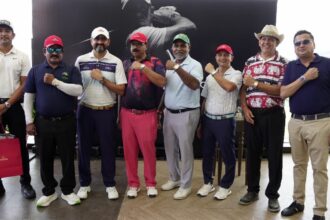With a full desi tempering, going all Rishta wahi soch nayi, the world’s largest coffee chain, Starbucks, has decided to include ‘masala chai’ and ‘filter coffee’ to revamp its menu to attract more Indian customers. The menu now also includes street-style freshly assembled sandwiches, milkshakes, bite-sized snacks and a smaller beverage cup. These items are currently being tested in four cities – Bengaluru, Gurgaon, Bhopal and Indore.

While the world market is seeing a growing number of “Made in India” labels on the goods they buy, Indian consumers are witnessing a more elusive change. Increasingly, intercontinental companies are selling products that are not just made in — but that is made for — India. Entire generations of Indian shoppers, who once felt grateful solely for being able to experience the same brands as the rest of the world, are now realizing they can ask for products that cater to their wants and needs.
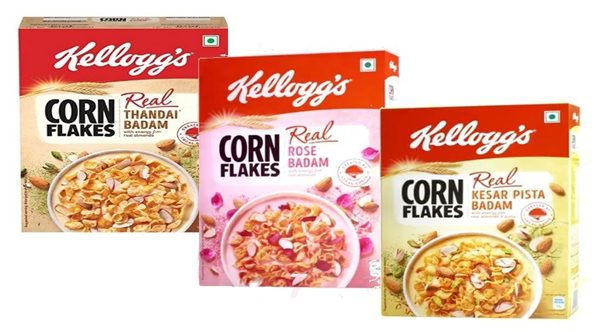
Brands that establish their relevance with customers do well. As Indian consumers became more aware of trends and technological advances, the focus shifted from the product to the brand. Customers started patronizing a brand only if it offered similar sophistication. That meant not just automobiles, household appliances, buyer electronics, mobile phones, foods and apparel. What justifies the investment of big brands to Indianise their products is that the Indian market has finally reached a critical mass. After the U.S. and China, this is the largest consumer market in the world.
Brands that have been succeeding in a market where one size doesn’t fit all
- McDonald’s in India: “Aap Ke Zamaane Mein Baap Ke Zamaane Ke Daam ”
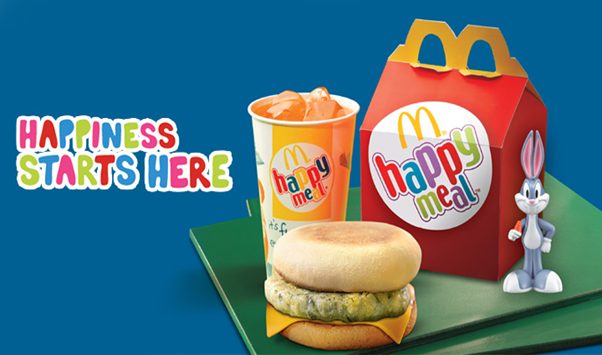
To cater to the price-sensitive consumers, McDonald’s launched the happy price menu, which along with affordable prices also focused on the family fun element. The brand Indianized its menu by adding Aloo Tikki, McSpicy, Pizza McPuff, Veg Surprise and special range Cheese burgers. Even its chicken specialities were given a local flavour with the use of Indian spices and cooking techniques. Under its “glocal” approach, McDonald’s segregated the kitchen areas and cooks for the vegetarian and non-vegetarian menus as Indians in some areas didn’t like to have vegetarian food even if some non-vegetarian food item merely touches it.
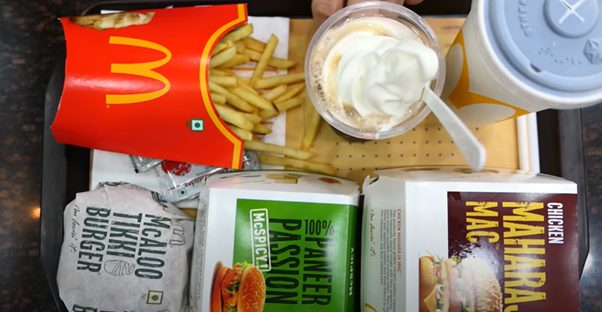
- Life’s Good For LG In India Now
To turn around its fortunes and become a successful global brand in India, where Cricket is a religion, LG initiated a close tie-up with the sport, including signing on leading Indian cricketers and launching cricket games on its television models. It also came up with localised products like CTVs, which had Hindi and regional language menus as options, “Golden Eye” colour television, ACs using the “Health Air System”, and microwave ovens with the “Health Wave system”. For the price-conscious public, the brand introduced low-end “Cineplus” and “Sampoorna” ranges for the rural markets.
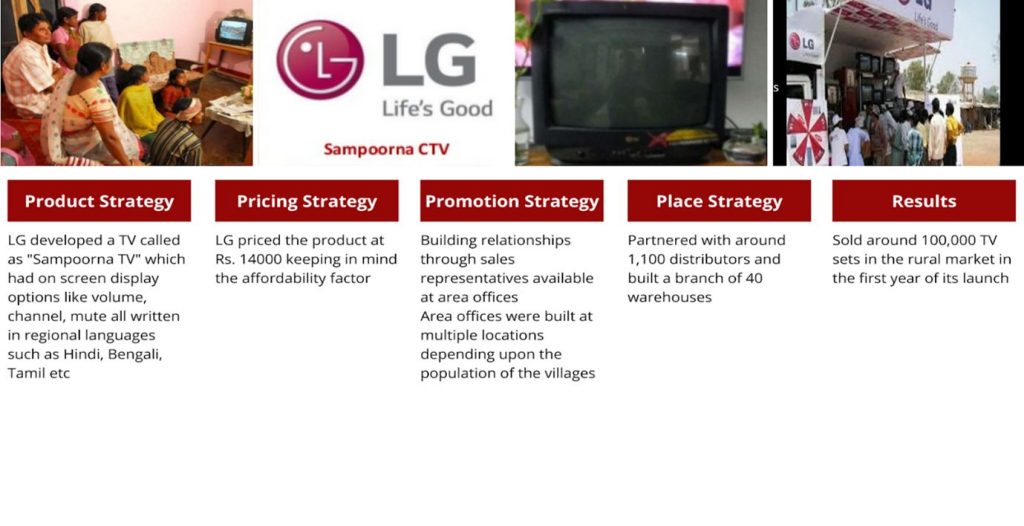
- Reebok Becomes One Of The Leaders In India’s Footwear Market
When the company came to India, all the customers wanted were international footwear brands, and Reebok gave them that at an affordable price. A functional snag that was arguably contributory in aiding the company to establish itself early in the country was that its shoes have a broader forefoot, which suits the Indian consumer. In contrast, the shoes of international rivals have narrower forefeet. To expand further and attract more and more customers in Indian markets, the brand decided to rope in top cricketers of the Indian cricket team. In the upcoming field of motor racing, it is sponsoring the fastest Indian Narain Kartikeyan.
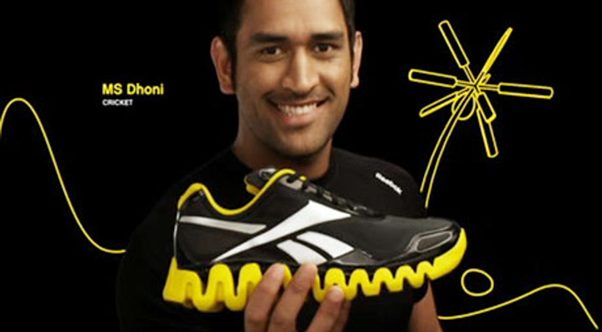
- Tupperware Humanises ‘Dabbas’
“Confidence in every home”. To lure Indian consumers with designs explicitly manufactured for the local market, Tupperware, using existing modular containers, created an ergonomically sound, rectangular spice box. It is a neat, space-saving design that sells like hot cakes. Even the serving spoons in India are custom-made and the shapes are distinct from what is sold in other markets. Given India’s crockery market preferences, Tupperware has also introduced dinner sets in melamine and upgraded its factory to produce polycarbonate.
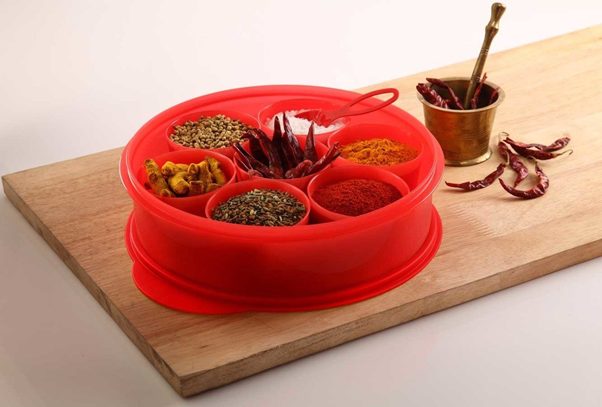
Of course, localisation doesn’t work for all products. Many high-end luxury goods, for instance, rely on their country-of-origin tag to enhance their brand appeal. A “Made in India” label on these products would be disastrous. However, customising products for one market doesn’t restrict their appeal. On the contrary, many products designed for the Indian consumer could well find takers outside the country, especially in the subcontinent and West Asia. Piloting substantial changes in a company’s offerings by adding local nuances and turning the spotlight on customer preferences will give them the best brand experience.














